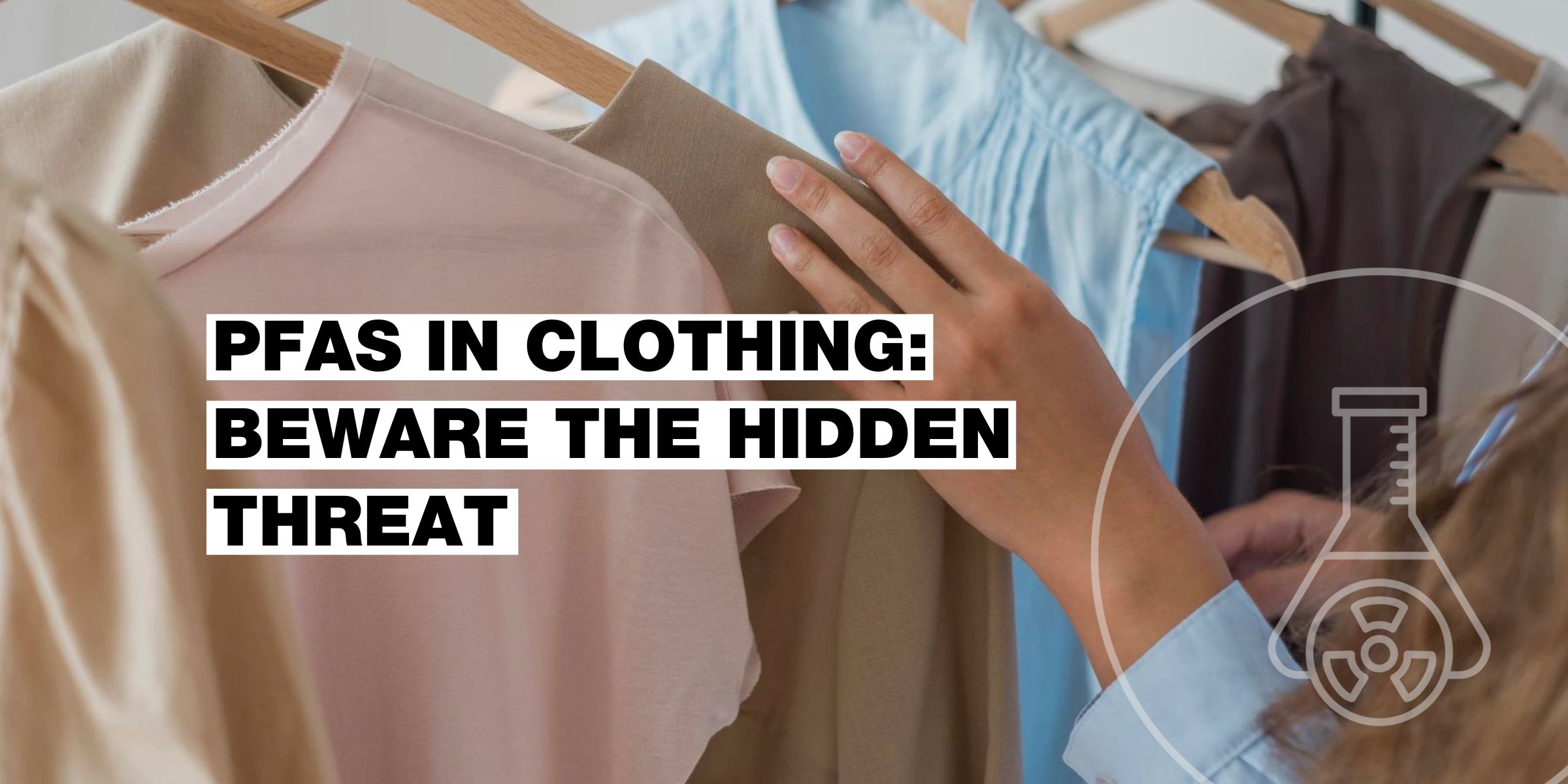
Feature article - Toxic threads: The silent chemical threat to workers
Submitted by:
Andrew Warmington
Max Smith, solutions consultant at EcoOnline, exposes the hidden dangers of chemicals in clothing production and outlines how manufacturers can successfully substitute with safer alternatives
In 2024, Greenpeace conducted testing on 47 items from a major online fast-fashion retailer. The findings revealed concerning trends in manufacturing, with 15% containing hazardous chemicals that exceeded EU safety limits. Five of the products were found to surpass the EU’s REACH regulation limits of <1,000 mg/kg by over 100 times, containing above 100,000 mg/kg of phthalates.
Danger to workers & the world
For a consumer, the damage is posed by their contact with the garments, through inhalation or direct skin contact. If it is unsafe for those wearing the final product, those working in the supply chain, who deal with raw materials on a daily basis, are at an even greater risk. Yet a recent survey found that 37% of UK and Ireland workers do not believe that their employers are actively substituting hazardous chemicals.
The site where clothing manufacturing takes place is usually home to hundreds of chemicals that, while aiding the process, pose a significant risk to both public health and the environment. For example, phthalates are employed to soften plastics but can cause problems for the human hormone system and are considered toxic for reproductive health. Formaldehyde, used to lessen the effects of creasing, shrinking, and stains, is a known carcinogen and can cause skin and respiratory reactions.
Another example, a set of chemicals being increasingly regulated across the globe, is per- and polyfluoroalkyl substances (PFAS). Used to increase water, stain and oil repellence, they have previously been found in products from school uniforms to outdoor clothing. Exposure to PFAS can lead to health problems such as liver damage, thyroid disease, obesity, fertility issues and cancer.
Environmental impact
When the manufacturing process uses harsh chemicals, many of those released incorrect waste disposal end up in local water systems. This, combined with the effects of burning or sending to landfill discarded textiles, can have a devastating effect, not only on the local ecosystem, but also on workers in water treatment centres and landfill sites.
To protect workers throughout the supply chain, wider public health and the environment, action must be taken now. The onus sits with manufacturers to consider chemical risks, ensure future-ready compliance, and protect those they employ.
Managing risks
According to a 2025 report by Yale University’s Vivian Christine Dourado Pinto and Meital Peleg Mizrachi, removing toxic substances will require “a holistic approach that addresses the entire fabric lifecycle, from production and use to disposal and environmental impact”. So, where should organisations start?
To succeed, visibility and data-driven insights are fundamental. Business leaders should begin with a digital chemical management inventory, making useful resources, including safety data sheets (SDS), available to all. With transparency into the associated risks, it becomes easier to act accordingly.
With full awareness of the elements currently used throughout the supply chain, organisations can use chemical substitution technology to find safer alternatives with the same capabilities. Fortunately, this year, scientific discoveries have highlighted that non-toxic alternatives, made specifically to replace the original element used, are a possibility.
In April it was revealed that a joint project between the University of Bristol, Hirosaki University and Université Côte d’Azur had led to the development of a PFAS substitute. Professor Julian Eastoe of Bristol’s School of Chemistry described the process: “Using our specialised laboratories for chemical synthesis, we substituted the fluorine in PFAS with certain groups containing only carbon and hydrogen”.
When changing the substances used, there are multiple ways for organisations to determine if an element is safe for use. These include pilot trials, essential to ensure it functions as hoped, and full chemical risk assessments, again aided by technology, considering scenarios of exposure for those in the supply chain and waste disposal.
To be future-ready, consideration of relevant legislation and guidelines will be vital. As studies continue to highlight the prevalence of these chemicals, companies that identify areas of weakness and work to improve their approach now are set to benefit from long-term compliance in years to come.
Finally, prior to roll-out, business leaders will be expected to train staff on the use, risks and safety procedures to be carried out with any new substance. This visibility is key to building a culture of responsible chemical management, protecting both workers and the environment.
A business responsibility
For those working in the supply chain, a lack of action on chemical management can lead to long-term sickness, exacerbated by exposure. It is a silent threat to workers, requiring equal consideration as more visible hazards in the workplace. For the safety of our workforce, changes must be made now.
Contact:
EcoOnline
www.ecoonline.com
